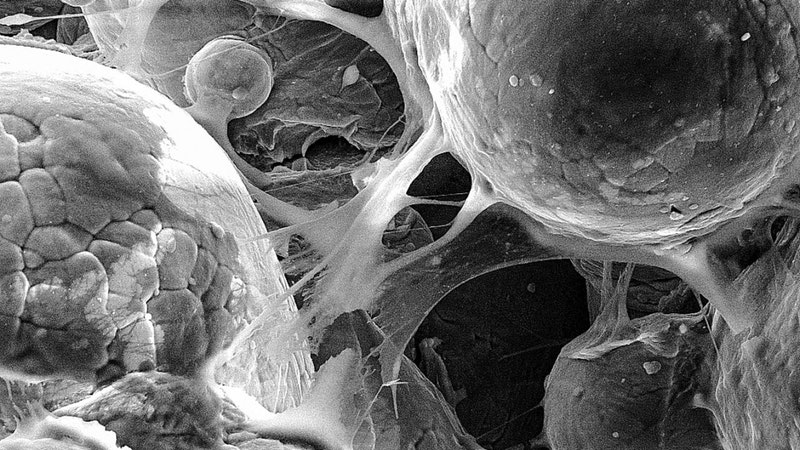Forget glue, screws, heat or other traditional bonding methods. A Cornell -led collaboration has developed a 3D printing technique that creates cellular metallic materials by smashing together powder particles at supersonic speed.
.
This form of technology, known as “cold spray,” results in mechanically robust, porous structures that are 40% stronger than similar materials made with conventional manufacturing processes. The structures’ small size and porosity make them particularly well-suited for building biomedical components, like replacement joints.
.
The paper’s lead author is Atieh Moridi, assistant professor in the Sibley School of Mechanical and Aerospace Engineering. “We focused on making cellular structures, which have lots of applications in thermal management, energy absorption and biomedicine,” Moridi said. “Instead of using only heat as the input or the driving force for bonding, we are now using plastic deformation to bond these powder particles together.” Moridi’s research group specializes in creating high-performance metallic materials through […]
Click here to view original web page at www.3dprintingprogress.com






























0 Comments